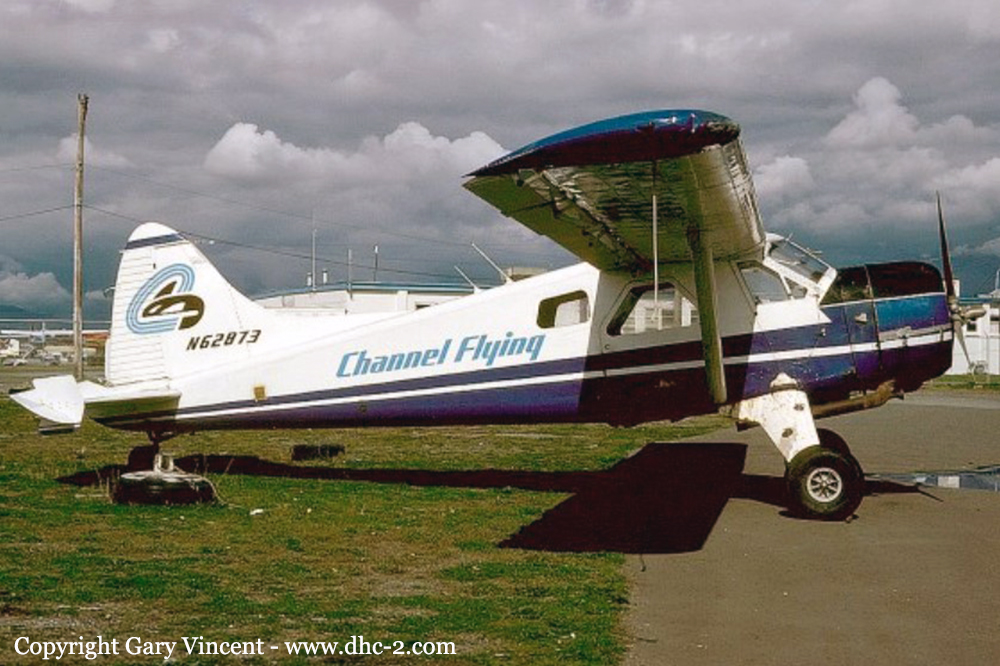Crash of a De Havilland DHC-2 Beaver near Pelican: 2 killed
Date & Time:
Apr 19, 1989 at 1315 LT
Registration:
N62873
Survivors:
No
Schedule:
Juneau - Pelican
MSN:
323
YOM:
1952
Crew on board:
1
Crew fatalities:
Pax on board:
1
Pax fatalities:
Other fatalities:
Total fatalities:
2
Captain / Total hours on type:
460.00
Aircraft flight hours:
18800
Circumstances:
During a flight from Juneau to Pelican, AK, the aircraft collided with terrain approximately 12 miles east of Pelican while crossing over Chichagof Island. Impact occurred on a vertical rock wall at an elevation of about 1,950 feet. No preimpact part failure or malfunction of the aircraft was evident. Another pilot, who had planned to fly the same route about 1 hr and 45 min earlier, decided to fly around the island due to low clouds, rain and fog in the area. He reported that he flew over icy straits rather than take a more direct route and that ceilings were about 2,000 feet broken with lower stratus in the valleys. A helicopter pilot said he was unable to work in mountain passes in the vicinity of the accident due to low clouds, rain and fog; he also said the passes were 'socked in.' Both occupants were killed.
Probable cause:
Improper in-flight decision by the pilot, and his inadvertent flight into instrument meteorological conditions (IMC). The terrain and weather conditions were considered to be factors.
Final Report:


